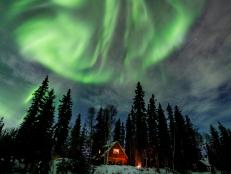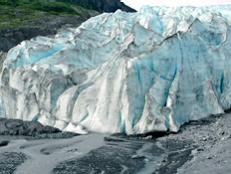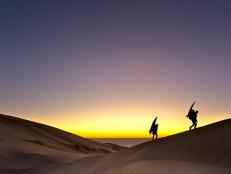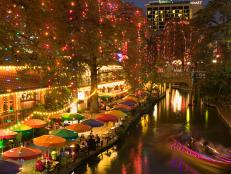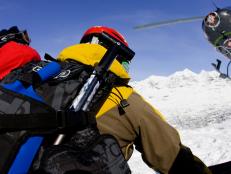12 Things to Know About Visiting Northern Norway in Winter
A photographer and adventurer shares tips and experiences from traveling to the far Arctic reaches of Norway during its coldest — and perhaps most alluring — season.

Related To:
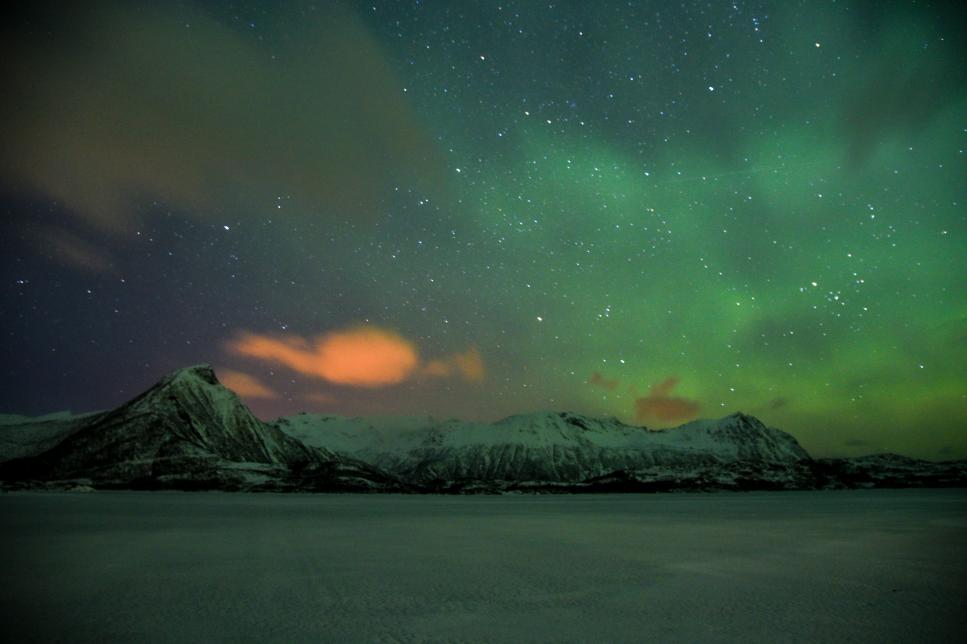
Photo By: Alisha Bube
Photo By: Alisha Bube
Photo By: Alisha Bube
Photo By: Alisha Bube
Photo By: Alisha Bube
Photo By: Alisha Bube
Photo By: Alisha Bube
Photo By: Alisha Bube
Photo By: Alisha Bube
Photo By: Alisha Bube
Photo By: Alisha Bube
Photo By: Alisha Bube
Viewing the Northern Lights
Checking 'See the Northern Lights’ off the bucket list is a huge draw for a lot of visitors who make the journey above the Arctic Circle, and rightfully so, as there is nothing quite as surreal and mesmerizing as seeing a starry night sky overtaken by vibrant bands of light illuminating a mountainous landscape. From my experience, though, it takes a combination of patience, luck and tolerance for the cold to catch a glimpse of this spectacular display. To help, there are a few apps you can download that give some prediction of how likely your odds are of seeing the lights at a given time or place; my go-to is the Aurora app. Photographer Tip: Make sure you have a tripod or stable place to shoot from because the wind will not be your friend, especially if you’re along the coast. Also, test your night settings ahead of time, because if you are lucky enough to catch the lights in action, you’ll probably be so caught up gawking at the sky that the last thing you’ll want to do is fidget with the settings on your camera.
The Mountains are Calling
While you could have a lifetime's worth of breathtaking views without ever venturing from the narrow roadways, you would be missing out on the expansive natural playground that is the north of Norway. Certain activities like backpacking, biking and rock climbing remain best suited for the narrow window of summer, but in the winter months, you can take advantage of bountiful opportunities for skiing, snowshoeing, snowmobiling, mountaineering and ice-climbing. Just keep risk management in mind while you are on your adventures, especially when it comes to avalanches and constantly changing weather conditions along the coast. There are plenty of guiding services, so no matter what your skill level in any given activity, there are opportunities to test your abilities in one of the most stunning landscapes you could imagine.
Prefer the Sea to the Mountains?
This is the opposite of a sunny beach vacation, but for the committed adventurers out there who are willing to don an unfashionable dry suit and expose themselves to the frigid turquoise waters of the Norwegian Sea, there are opportunities almost year-round to go paddling, sailing, diving, fishing and even surfing.
It’s Prime Cod-Fishing Season
If you don’t have a tolerance for fishy smells, then this is not the destination for you, especially in winter when it is peak season for cod fishing. As the predominant industry in this region, the coast is lined with endless wooden racks filled with drying fish, an ingredient that will likely appear in a lot of your meals there, like Bacalao, a salted cod and vegetable stew. Try your hand at deep-sea fishing, and charter a boat for a day trip out on the water to catch your own dinner.
What Time Is It?
The amount of daylight varies greatly throughout the winter months. If you plan on spending a lot of your trip time outside exploring and seeing the sights, then fall and spring are better options than November-to-January, which is when you have more evening hours to scout for the Northern Lights.
It’s the Off Season
The biggest perk of traveling to destinations in the off season is obvious — you avoid the crowds. The downside is that some businesses may be closed or have limited hours, especially in more remote areas. But if you are after a true Arctic Europe experience, then winter, the dominant season, is the best time to visit.
Weather is Constantly Changing, So Come Prepared
Yes, it can get cold, but considering it is above the Arctic Circle, winter temperatures remain somewhat mild thanks to Gulf Stream currents. Even though you won’t be contending with bitterly cold temperatures, come prepared, because the weather is constantly changing. One minute you will have clear beautiful views of dramatic far-reaching peaks, and the next minute, snow or rain will be coming down so densely that you won’t be able to see more than a few feet in front of you.
Planes, Trains, Boats and Automobiles …
To get to the remote northern landscapes from Oslo, you will probably need to stitch together a few methods of transportation. Bodo, Narvik and Tromso are all larger areas to fly into, or if you have a little more time in your itinerary, take the scenic train ride north from Oslo. Once in the region, there are a number of passenger and car ferry routes that weave amongst the islands and peninsulas, but if you are prone to seasickness, be sure to plan ahead (we had some turbulent hours out at sea). There are some buses in and around Lofoten, but you will have the most flexibility getting around if you rent a car once you reach the north.
Navigating the Roads of the North
Fear not drivers of America, you can remain on the right side of road! Keep in mind, though, that if you diverge from the main thoroughfares, you will likely encounter some single-lane roads, so be courteous to fellow drivers and pass with care. If you are renting a car in winter, I’d recommend getting something with snow tires or four-wheel drive to ensure an extra bit of traction on the curvy, sometimes icy roads.
A Cabin By the Sea
The small red fishing huts dotting the shores are an iconic part of northern Norway, and many have now been converted into rental cabins. Most of these cozy abodes are minimal 2-3-room cabins, but they supply some of the best views you could ever hope to wake up to. Who needs a sound machine to fall asleep when you are suspended over the sea with waves lapping below, or an alarm clock when you can wake up to a chorus of seagulls and a sunrise over the ocean?
Learning the Language
While Norwegian is of course the predominant language, English is widely spoken especially in larger towns and regions that bring in a lot of tourism.
You'll Be in Awe
No matter what time of year you visit or what the weather conditions are, be prepared to be dumbfounded by the sheer beauty of the landscape.

